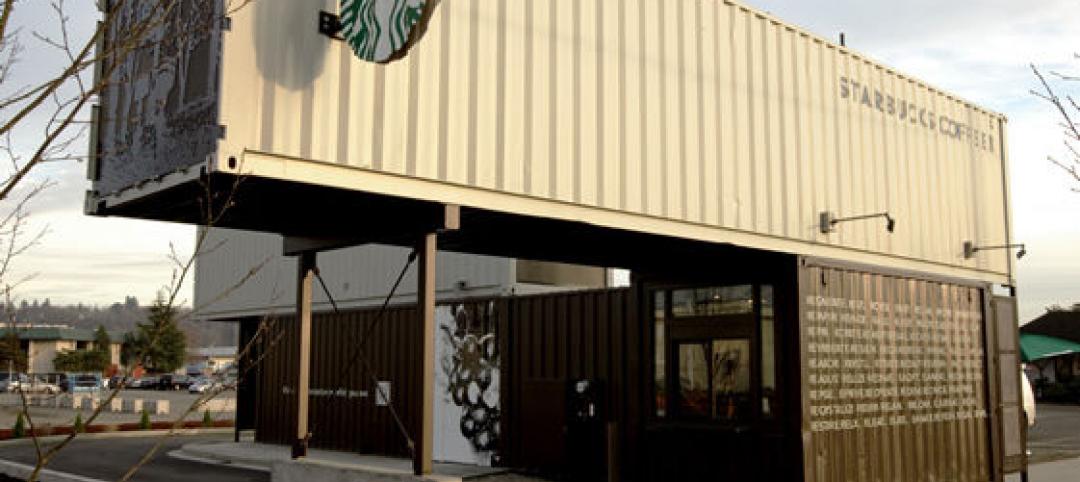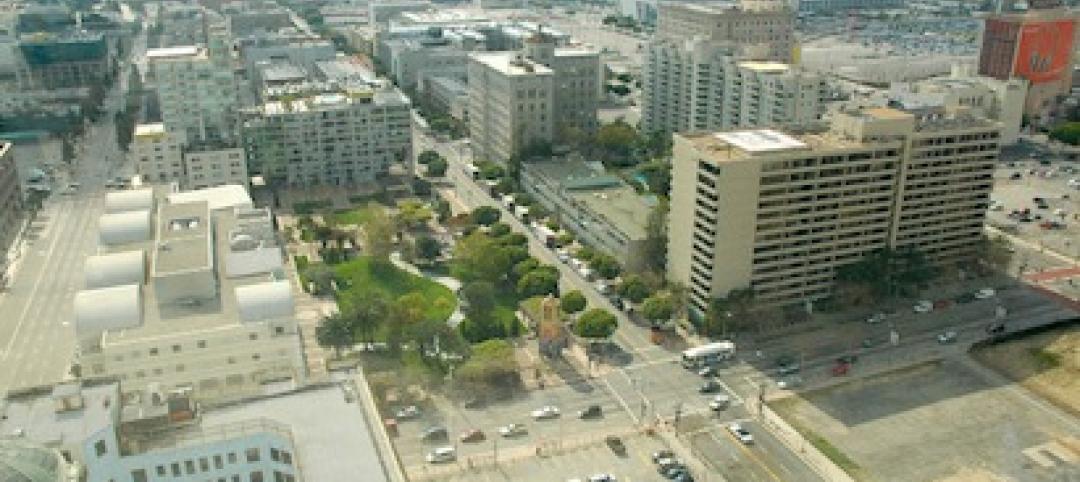Enclosed malls may be on the way out, but their structures aren’t going anywhere. A new report from The Atlantic details how creative developers are turning malls that were once filled with shoppers into medical centers, elementary schools, colleges, and churches.
The report cites research by architect and Georgia Tech professor Ellen Dunham-Jones which shows that approximately one-third of the country’s 1,200 enclosed malls are “dead or dying” due to the overbuilding done by developers in the 20th century.
The good news is that a sizable portion of that building stock is being repurposed. According to Dunham-Jones, who maintains a database of mall retrofit projects across the country, there are 211 enclosed malls currently being retrofitted in some form or fashion, reports The Atlantic.
One of those projects is the Highland Mall in Austin, Texas, where developers transformed the structure into a mixed-use community education center after it was purchased by Austin Community College. Now, with the help of Barnes Gromatzky Kosarek Architects, the once derelict mall is a thriving operation, with 604 computer stations, 200,000 sf of instructional space, a library, and offices.
In September 2014, BD+C reported on one of the nation’s most successful mall conversion projects, the Vanderbilt Medical Center at One Hundred Oaks Mall, which transformed a former 1960s-era indoor shopping mall in Nashville, Tenn., into a 880,000-sf, mixed-use medical office center for Vanderbilt University.
Related Stories
| Oct 7, 2013
10 award-winning metal building projects
The FDNY Fireboat Firehouse in New York and the Cirrus Logic Building in Austin, Texas, are among nine projects named winners of the 2013 Chairman’s Award by the Metal Construction Association for outstanding design and construction.
| Oct 7, 2013
Reimagining the metal shipping container
With origins tracing back to the mid-1950s, the modern metal shipping container continues to serve as a secure, practical vessel for transporting valuable materials. However, these reusable steel boxes have recently garnered considerable attention from architects and constructors as attractive building materials.
| Oct 4, 2013
Mack Urban, AECOM acquire six acres for development in LA's South Park district
Mack Urban and AECOM Capital, the investment fund of AECOM Technology Corporation (NYSE: ACM), have acquired six acres of land in downtown Los Angeles’ South Park district located in the central business district (CBD).
| Sep 24, 2013
8 grand green roofs (and walls)
A dramatic interior green wall at Drexel University and a massive, 4.4-acre vegetated roof at the Kauffman Performing Arts Center in Kansas City are among the projects honored in the 2013 Green Roof and Wall Awards of Excellence.
| Sep 23, 2013
Six-acre Essex Crossing development set to transform vacant New York property
A six-acre parcel on the Lower East Side of New York City, vacant since tenements were torn down in 1967, will be the site of the new Essex Crossing mixed-use development. The product of a compromise between Mayor Michael Bloomberg and various interested community groups, the complex will include ~1,000 apartments.
| Sep 19, 2013
What we can learn from the world’s greenest buildings
Renowned green building author, Jerry Yudelson, offers five valuable lessons for designers, contractors, and building owners, based on a study of 55 high-performance projects from around the world.
| Sep 19, 2013
6 emerging energy-management glazing technologies
Phase-change materials, electrochromic glass, and building-integrated PVs are among the breakthrough glazing technologies that are taking energy performance to a new level.
| Sep 19, 2013
Roof renovation tips: Making the choice between overlayment and tear-off
When embarking upon a roofing renovation project, one of the first decisions for the Building Team is whether to tear off and replace the existing roof or to overlay the new roof right on top of the old one. Roofing experts offer guidance on making this assessment.
| Sep 17, 2013
World's first 'invisible' tower planned in South Korea
The 1,476-foot-tall structure will showcase Korean cloaking technology that utilizes an LED façade fitted with optical cameras that will display the landscape directly behind the building, thus making it invisible.
| Sep 16, 2013
Study analyzes effectiveness of reflective ceilings
Engineers at Brinjac quantify the illuminance and energy consumption levels achieved by increasing the ceiling’s light reflectance.

















